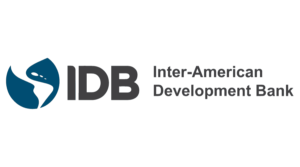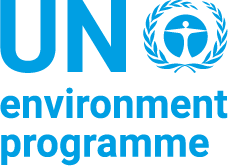
The Resource Manual for Strategic Environmental Assessments (SEA) supports the application of the UN Economic Commission for Europe‘s Protocol on SEA. The Manual highlights the main requirements of the Protocol, outlines key issues for applying the Manual in practice and provides materials for training & capacity development programmes that support the Protocol’s application. The Manual is divided in two parts: (A) for users applying the protocol and (B) for trainers that engage in capacity development activities.
Lifecycle Phase(s): Strategic PlanningPublic authorities identify the needs and long-term vision for infrastructure development.
Type(s) of Tool: Impact AssessmentsEvaluate the impacts of assets or policies on the environment and local livelihoods.





